
Welcome to The Regenerators.
Introduction
Our environment is everything around us. It begins just outside our bodies and stretches farther than our eyes can see.
It includes the air that we breathe, the land that we live on and the plants and animals that share our world. It includes the weather and climateThe typical pattern of weather that a place experiences over an extended period of time. .
The environment is where plants and animals find everything they need to survive.
Many humans drink water from taps and find snacks in the fridge. But everything we eat, drink and use comes from our environment, too.
We need to conserveTo look after and protect something, so it stays the same or gets better. our environment so that everyone can get the things they need to live a healthy and happy life.
Because if we look after our environment, our environment will look after us.
You've got a message!
Catch up with Fatima (from the future!) to discover some ways to conserve and protect our green spaces.
Looking to the future to learn about our present day environment.
Fatima: Hey people in the past!
Fatima's friend: Hey Fatima, who you talkin' to?
Fatima: Talkin' to people in the past all right?
Wivvout 'em we wouldn't be playing football here, so thought I send 'em a message. Coz look past people, look what it looked like back in your day.
That's unreal huh? All grim. Now it's green because of you. Hey, you know school can be a bit much sometimes. So gettin' out here and kickin' a ball around in the park is what I need. I've got you to thank for it.
You stood up for all green spaces, woodlands and forests. Coz they can't do it themselves, they need us. You planted, you protected and kept spaces green.
Trees are good for the planet and they're good for us too. They're jus' doin' their thing, not complainin'. They're helpin' the environment and makin' habitats for creatures we share the planet with. They don't need knockin' down to make way for us.
And it was you past people who realised we can use other spaces for building houses.
Back in your day, there were people just usin' up what nature got to give. But you guys realised you can't just take, you have to give back. And that's what sustainability is. Not takin' more than what the planet is givin'.
People were takin', takin', takin' until the world started sendin' a message. And it was a big message the world was sendin'. And you guys were the ones who listened. It was you who planted these trees, and then the animals noticed and they came back.
And you kept wild places wild. Not everywhere has to be a football pitch. You respected your space, planted trees and protected habitats and wild areas when they needed it.
Don't know why I'm tellin' you guys this, because you're the people who started doin' it!
So anyway, thanks for givin' green spaces a voice and standin' up to keep this world green.
We need our environment
We can think of the whole world as our environment – from green spaces near where we live, to faraway forests and oceans.
Our environment is where we get everything we need to survive and it does so much for us.
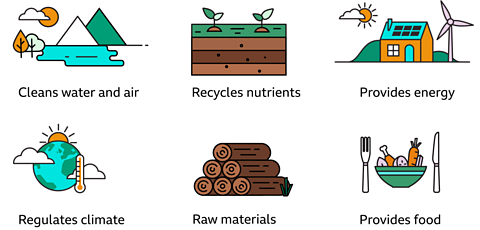
The world is huge, but the things that humans need are not found everywhere. We need to share them with all the other living creatures on the planet.
Find out why Ellen loves spending time in green spaces and how she helps to look after them with this clip from CBBC Newsround.
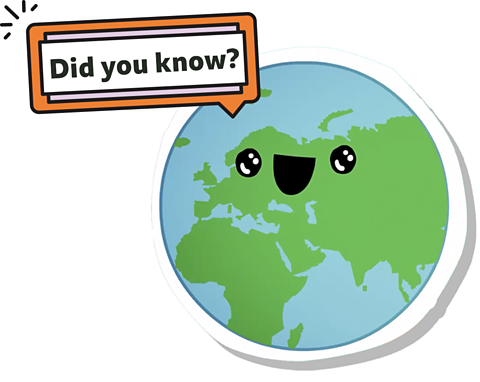
Nature makes us happy
There is a brilliant reason to look after our environment. Spending time in nature helps to keep us happy and healthy.
What do you like best about exploring your local environment? Is it playing with friends? The chance to spot plants and animals?
But our green spaces can do so much more than just make us feel good. They can:
- Create habitats for nature to thrive.
- Remove air pollution and help keep urban environments cooler, which helps to reduce emissions.
- Slow the flow of surface water, reducing the risk of flooding by moving water safely away from homes and businesses.

It's all connected
When you next spend time in a green space, take a closer look at all the plants and animals that share it. You will start to notice something amazing.
Everything in our environment is linked – from a tiny insect to the tallest tree. You are connected to everything too.
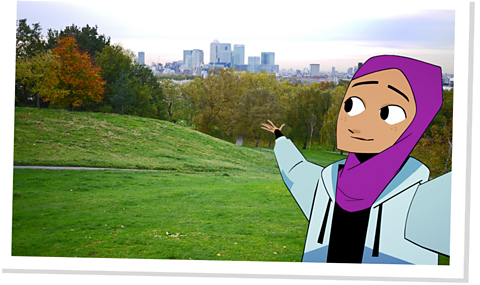
The air you breathe is a mixture of gases. Some are given out by plants. Others are made by microbes and fungi as they feed on dead logs.
The waste gases we breathe out are taken in by plants and recycled into the gases we breathe in again.
Changing environments
Sometimes, humans change the environment because they are trying to make life better. For example, we plant crops so that everyone has enough food or we build homes so that everyone has somewhere to live.
But when we do these things without planning carefully or considering the consequences, we can change our environment in a negative way
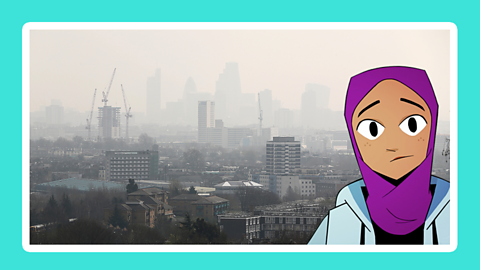
Image caption, Air pollution
Air pollution is a term that describes the harmful gases and particles in the air. It is often produced by road transport or burning wood. These gases can affect the quality of the air around us and cause us health problems.
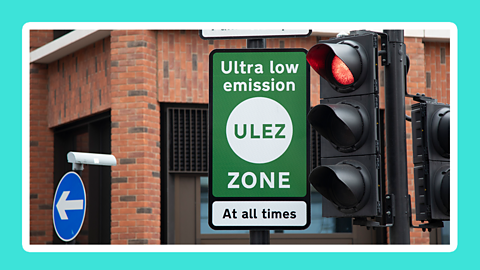
Image caption, Some towns and cities are trying to reduce the number polluting vehicles with Clean Air Zones or encouraging drivers to switch to cleaner vehicles. You can help reduce air pollution by walking, cycling or using public transport when you can.
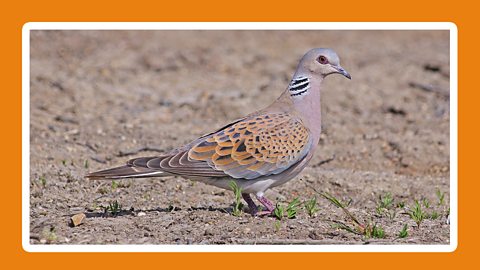
Image caption, Biodiversity loss
A recent report found that around a quarter British mammals and 40% of birds, butterflies and moths, and fungi are at risk of extinction in the UK. Years of intensive farming, building, woodland management and pollution have removed habitats and put wildlife at risk.
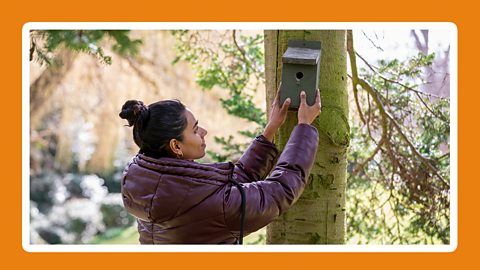
Image caption, The good news is millions of people around the country care about our wildlife and nature can recover if given the chance. More and more people are showing their support through volunteering and there are lots of organisations and charities that look to protect our wildlife and their habitats.
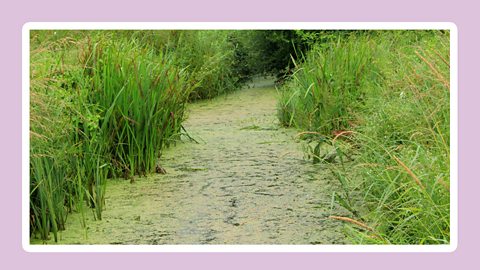
Image caption, Water pollution
Human activity can damage our rivers, lakes and streams too. Sewage and pollution from farm land can cause plants and algae to grow excessively, removing oxygen from the water and killing other wildlife.
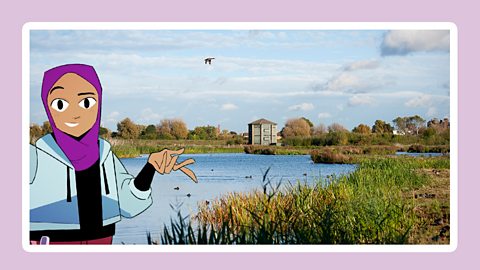
Image caption, Wetlands are incredibly rich habitats for nature. Even though they are at risk from pollution, they can act like a natural purifier for our water, removing and filtering out pollutants. Wetlands can also act as natural flood defences and 'carbon sinks', removing carbon dioxide from the atmosphere and storing it away.
1 of 6
Everything in the natural world is linked together in a complex system and humans are part of this system too.
Sometimes our actions can affect things for the worse and damage our environment. However, we can also make changes that repair our environment.
Looking after our environment
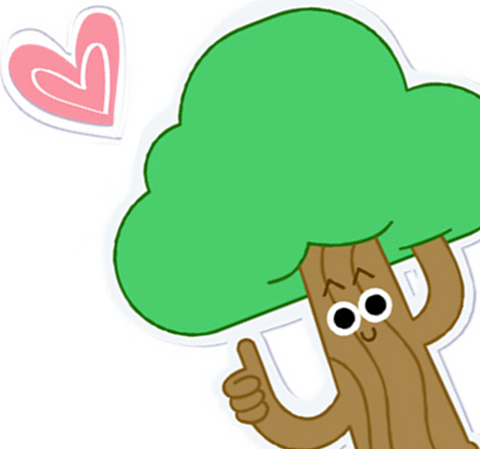
We can all help to conserve our environment by trying to live in a way that is more sustainable.
This means finding ways to get the things we need, without leaving the environment in a worse state than we found it.
Everything we buy, use and throw away has an impact on the environment. Reducing what we consume is a step towards living more sustainably.

Getting involved
The green spaces near your home are an important part of our environment too. Spend time exploring them.
There are lots of children up and down the country who are making a difference in their local area. So look out for ways you can get involved too.
Find out how these young people are helping their local green space with this clip from Countryfile.
You could work with others to make a change to a bigger green space in your school or community. Make sure to have a teacher, adult, or community worker on hand to help you out.
You could even write to local leaders to ask for their help.
Remember, everything in our environment is connected. Looking after one green space will help everything else that shares it – including us!
Top tips
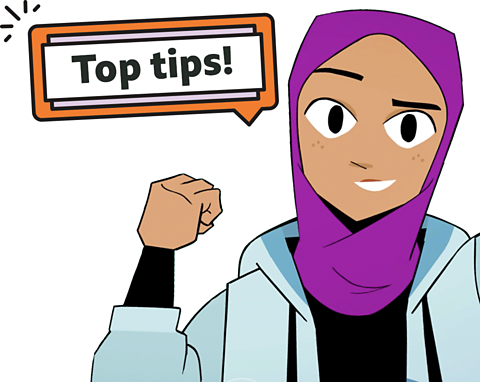
- Leave grass to grow long, giving wildlife a place to hide.
- Scatter native wildflower seeds (or simply let ‘weeds’ grow until they flower).
- Get permission to make small holes under walls and fences, which will help animals move from place to place.
- Don’t tidy up fallen leaves and dead wood – leave them to decay and rot away.
- Add a place where water can collect, to create a bird bath or small pond.
- Plant a tree!
- Not everyone has the same access to green spaces. So talk to your friends and help them discover the environment around them.

Lesson complete!
Well done Regenerator, you've completed this lesson. Now let's see what you can remember.
There's more to learn
Explore more lessons and content from around the BBC.
How does climate change affect living things?
GREEN CLASSROOM
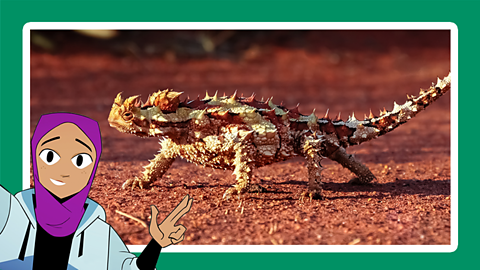
What is the problem with plastic?
GREEN CLASSROOM
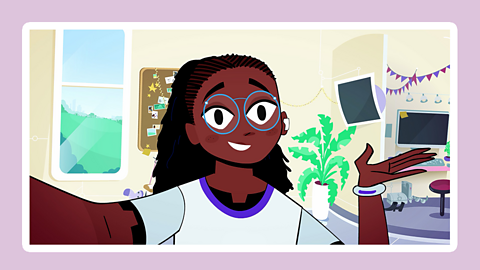
Year 3 - 6 and P4 - P7
GREEN CLASSROOM
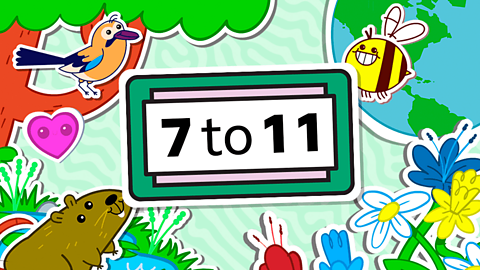
More from The Regenerators
BBC BITESIZE
